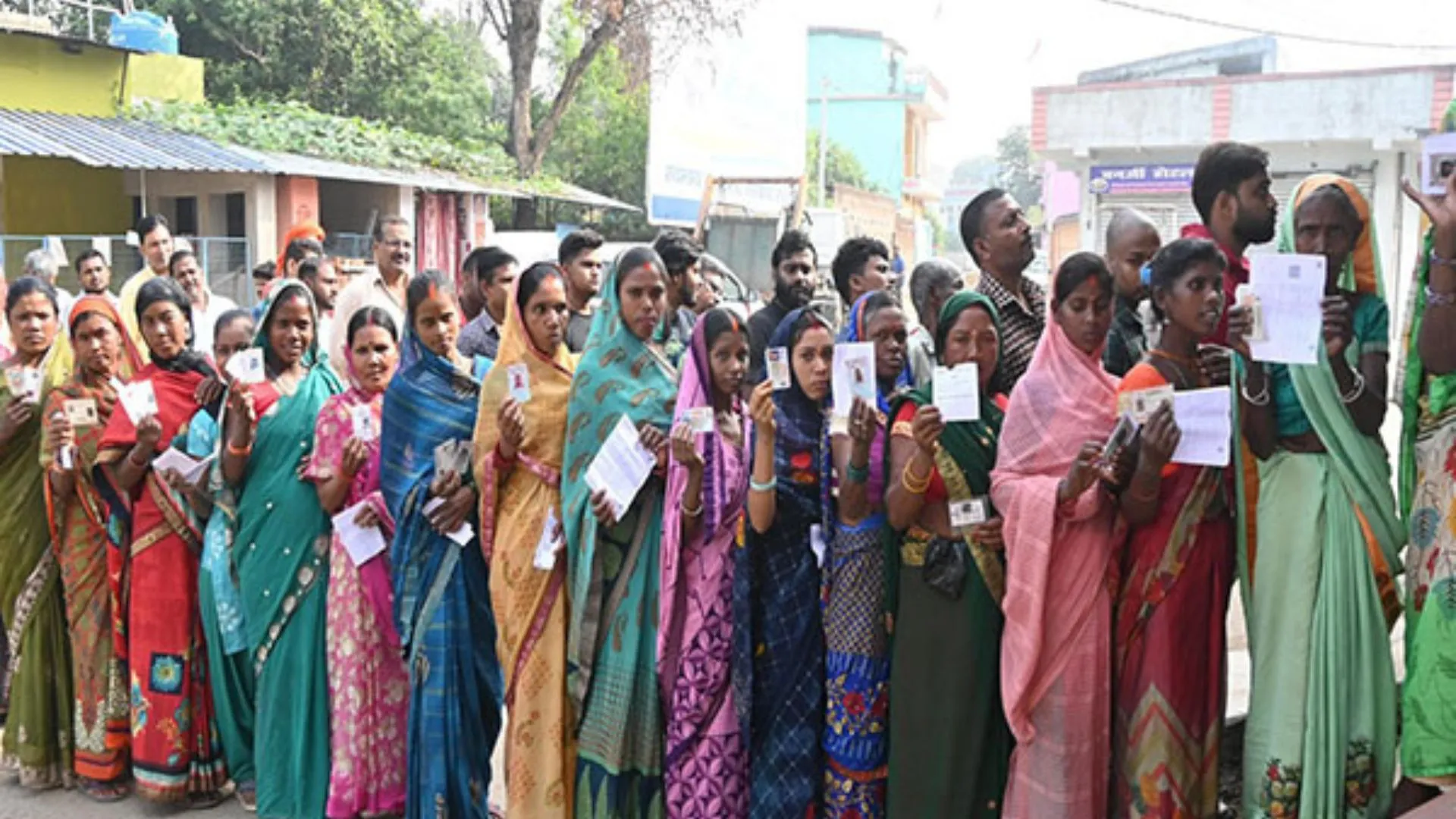Voting for the Haryana Assembly elections began at 7 AM on Saturday, and initial reports indicate a voter turnout of 9.53% by 9 AM, according to the Election Commission of India (ECI). The figures highlight the electorate’s enthusiasm as they head to the polls to determine the political landscape of the state.
In terms of individual constituencies, Jind led the charge with a notable turnout of 12.71%, followed closely by Palwal at 12.45%, Ambala at 11.87%, Fatehabad at 11.81%, and Mahendragarh at 11.51%. In contrast, Faridabad recorded a turnout of 8.82%, while Gurgaon had a lower participation rate of 6.10%. Other constituencies such as Hisar and Jhajjar reported turnouts of 8.49% and 8.43%, respectively, by the same time.
Election Logistics and Security Measures
The election is witnessing fierce competition, with a total of 1,031 candidates vying for seats across the 90 assembly constituencies. To facilitate the voting process, the ECI has set up 20,632 polling booths across Haryana. The results for this election will be announced alongside those from Jammu and Kashmir on October 8.
Haryana’s Chief Electoral Officer, Pankaj Agarwal, provided insights into the electorate, stating that 2,03,54,350 voters are eligible to cast their votes. This includes 1,07,75,957 males, 95,77,926 females, and 467 voters identifying as third-gender.
To ensure a smooth and secure voting experience, a substantial security presence has been deployed across the state. According to Agarwal, 29,462 police personnel, 21,196 home guards, and 10,403 special police officers (SPOs) have been assigned to maintain law and order during the electoral process.
Alliance Dynamics: JJP-ASP Partnership
The political landscape of this election is further complicated by alliances. The Jananayak Janata Party (JJP) and the Azad Samaj Party (ASP) have formed an alliance, with the JJP contesting in 70 of the 90 assembly constituencies while the ASP fields candidates in the remaining 20. This strategic partnership aims to strengthen their collective presence in the state’s political arena.
A Look Back: The 2019 Assembly Elections
Reflecting on the previous assembly elections, the BJP emerged victorious in 2019, winning 40 seats and subsequently forming a coalition government with the JJP, which secured 10 seats. The Congress party, while gaining 31 seats, found itself on the sidelines as the JJP eventually distanced itself from the coalition, paving the way for a more fragmented political scenario this time around.
As voters continue to make their voices heard, the stakes remain high. With several parties contesting and various issues at play, including local governance and farmer protests, the outcome of this election is poised to shape Haryana’s political landscape for years to come.

















